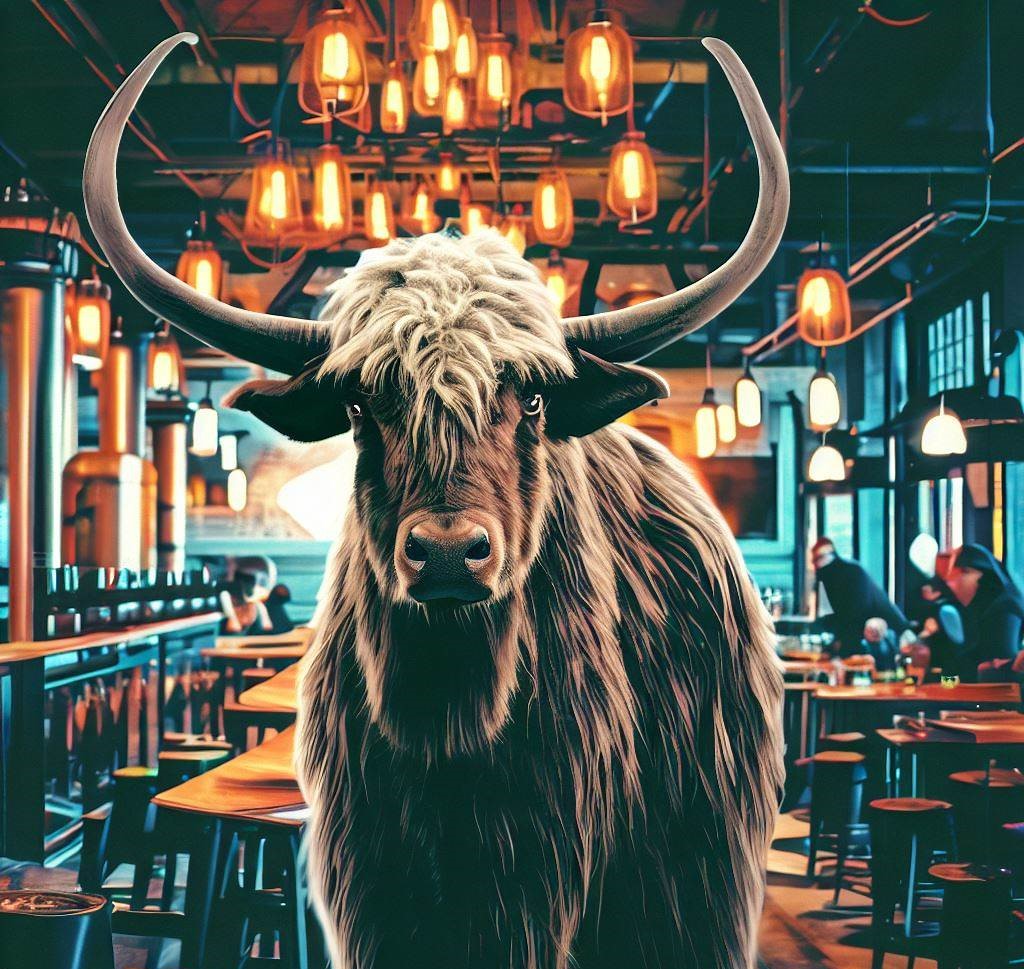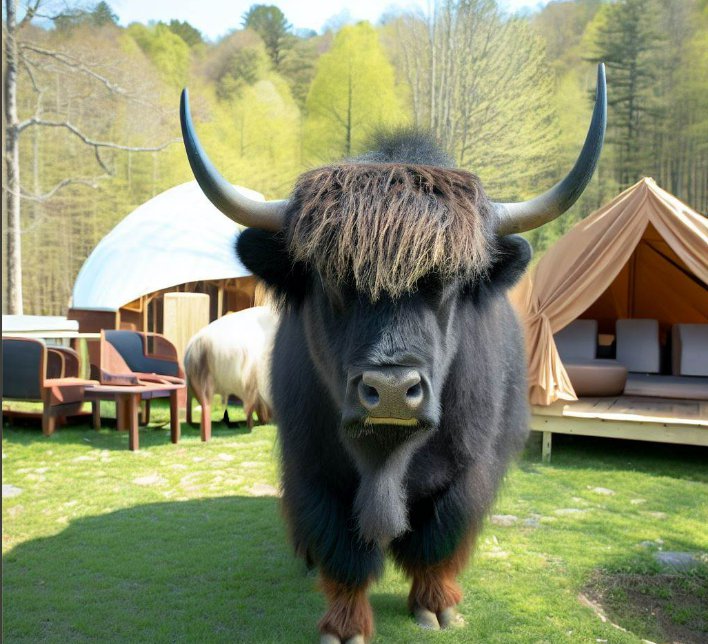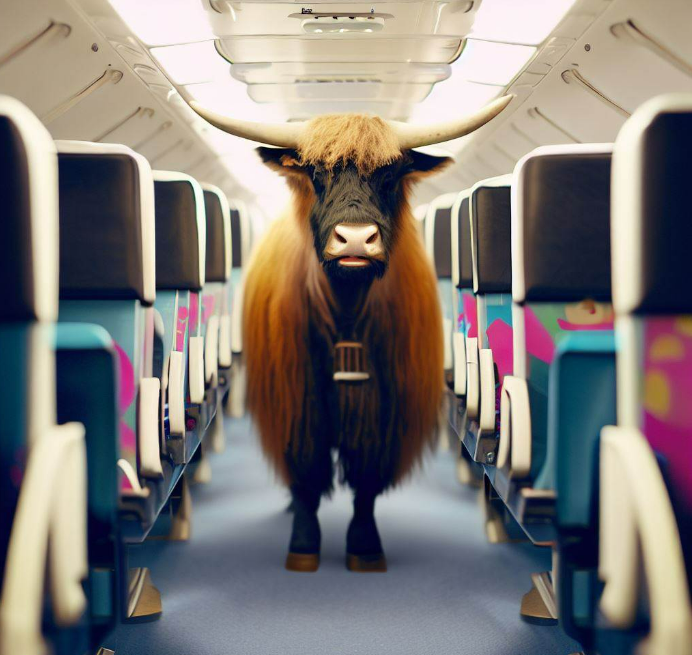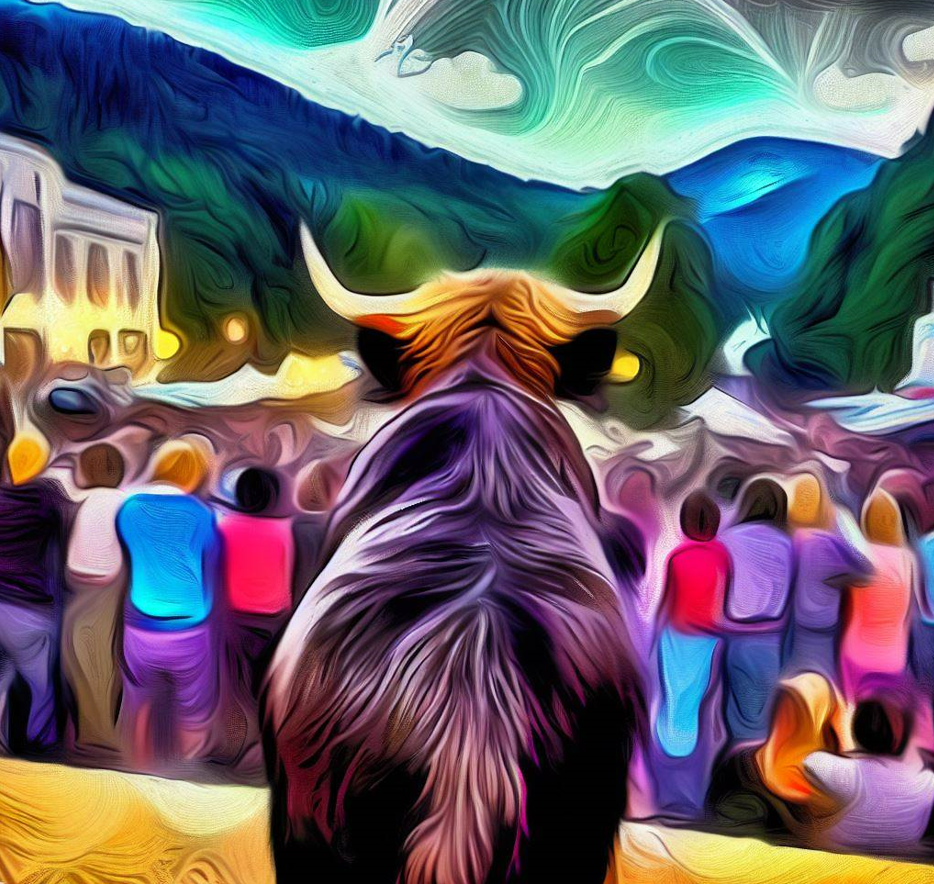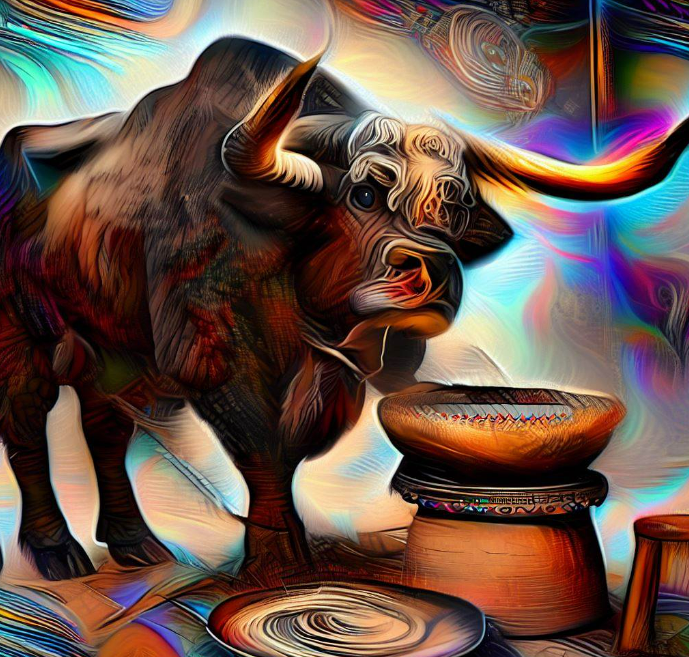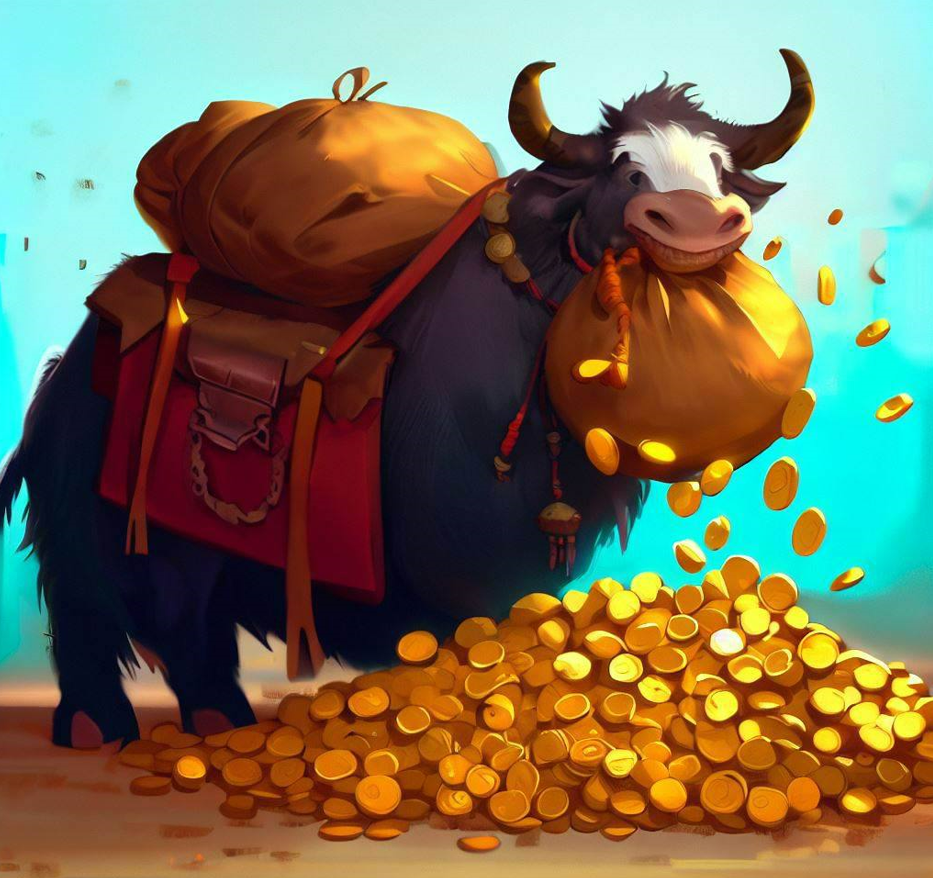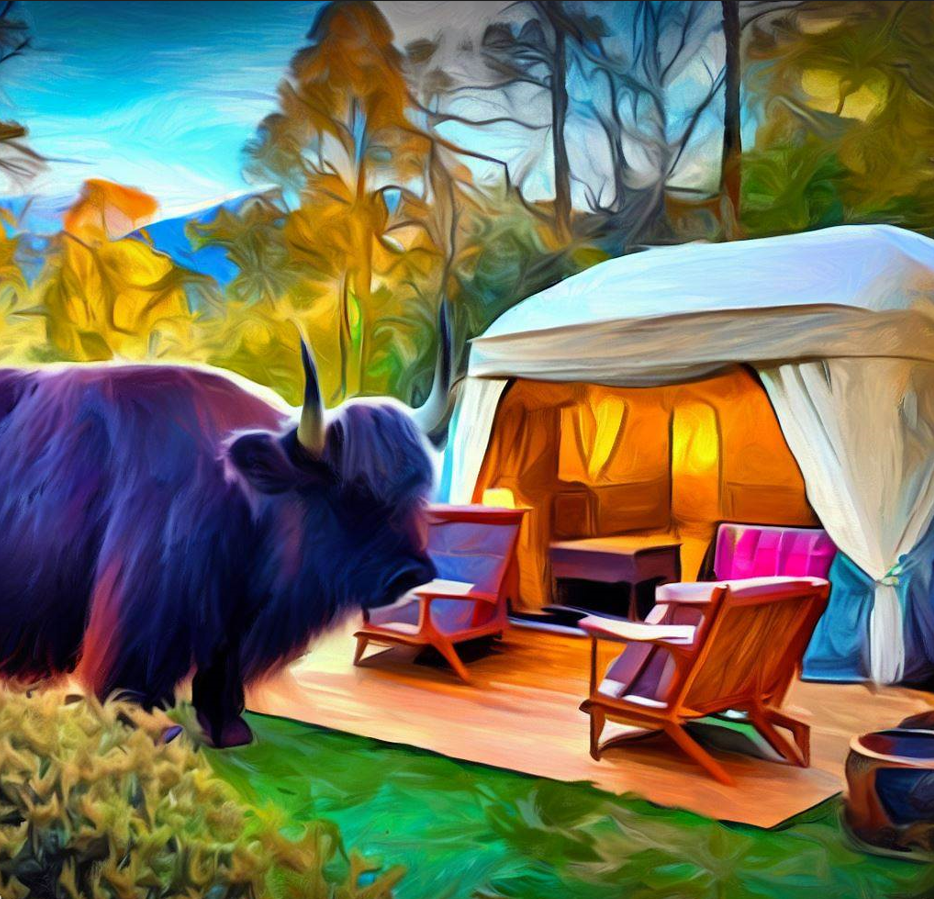In recent years, the world of travel and tourism has witnessed a significant shift, with a trend that’s dramatically changing the way we approach the great outdoors. That trend is ‘glamping,’ a portmanteau of ‘glamorous’ and ‘camping.’ It’s a concept that perfectly captures the fusion of luxury and nature, offering a compelling blend of comfort, style, and the rugged beauty of the wilderness.

The glamping industry is experiencing explosive growth. The global glamping market is projected to expand at an impressive compound annual growth rate (CAGR) of 14.1% from 2020 to 2027. But numbers only tell part of the story. The allure of glamping lies in its unique proposition, one that has resonated with a new generation of travelers seeking unique experiences.
Gone are the days when camping was all about “roughing it.” Today’s campers, or rather ‘glampers,’ want more than just a basic shelter and a campfire. They crave the novelty of a treehouse, the plush comforts of a safari tent, or the charm of a fully outfitted yurt. But more than the appealing accommodations, glamping allows travelers to immerse themselves in nature without sacrificing the luxury and convenience of modern amenities.
Sustainability is a significant aspect of this new wave of travel, and the glamping industry aligns seamlessly with this growing interest. Many glamping sites prioritize low-impact, eco-friendly practices, catering to the eco-conscious traveler who is mindful of their environmental footprint.
The future of glamping holds exciting possibilities. As the world continues to navigate the COVID-19 pandemic, glamping offers a travel option that naturally incorporates social distancing, giving it a unique edge in the new normal. Beyond the pandemic, the industry’s trajectory is pointing towards increased customization and personalization. Future glamping sites will likely offer even more diverse accommodation types and experiences, curated to the individual preferences of their guests.
Technology, too, will play a significant role in shaping the future of glamping. From sophisticated booking platforms that connect glampers with their ideal site, to smart tech integrated within the glamping accommodations themselves, the potential for innovation is vast.
The marriage of luxury and nature that glamping offers has tapped into a new vein of tourism that meets a growing demand for unique, experience-led travel. As we look to the future, the evolution of glamping promises a host of exciting developments that will continue to reshape our expectations of what a camping trip can be. Watch this space as we explore the fascinating world of glamping and its journey into the future. Stay tuned for more insights, news, and trends from the glamping frontier!
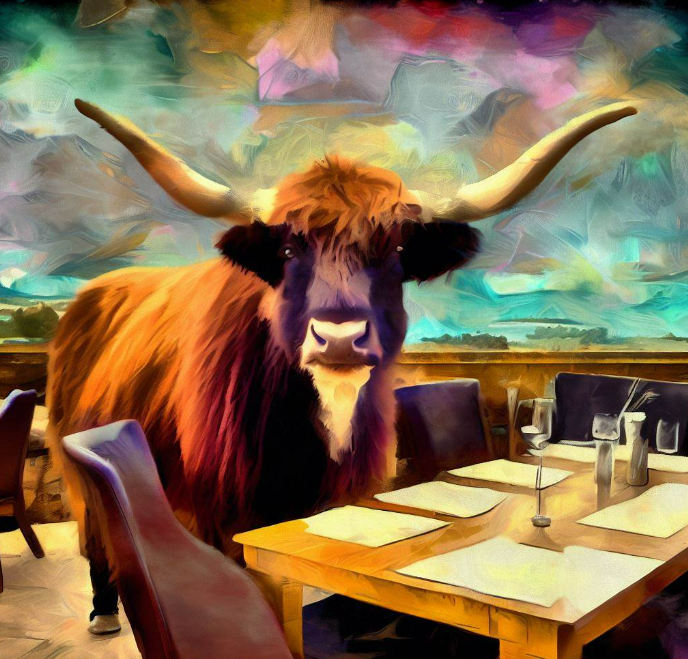
Glamping Statistics
- Market Growth: The global glamping market size was valued at approximately $2.1 billion in 2019 and was expected to grow at a compound annual growth rate (CAGR) of 14.1% from 2020 to 2027, according to Grand View Research.
- Market Demand: According to a survey by Kampgrounds of America (KOA), 33% of US and Canadian campers expressed interest in glamping.
- Popular Destinations: In the US, the most popular destinations for glamping include California, Colorado, and Montana. Internationally, destinations like the UK, Australia, and Canada are also popular for glamping.
- Demographics: Millennials make up a large portion of glampers, with data suggesting they represent around 60% of this market. This is likely due to their interest in experiential travel.
- Types of Accommodations: Yurts are one of the most popular types of glamping accommodations, followed by tiny houses, and then safari tents.
- Booking and Prices: According to Glamping Hub, the average glamping site is booked for 28 nights a year and earns around $18,000 annually. The average price per night for a glamping spot can range from $100 to $350, but more luxurious locations can cost upwards of $700 a night.
- Sustainability: A Booking.com report from 2020 indicated that 82% of travelers identified sustainable travel as important to them. Given the eco-friendly practices often associated with glamping, it can be seen as an appealing option for this growing segment of travelers.
- Accessibility: Glamping has broad appeal due to its accessibility. While specific numbers can be hard to pin down, its popularity is evident in its market growth projections, with a forecasted CAGR of 14.1% from 2020 to 2027.
- Corporate Events and Retreats: The global corporate wellness market size was valued at $52.8 billion in 2020 and is expected to expand at a CAGR of 7.0% from 2021 to 2028, according to Grand View Research. With glamping emerging as an interesting option for corporate retreats and team-building events, it could potentially capture a share of this market.
- Weddings: The Knot 2019 Real Weddings Study found that the average cost of a wedding in the U.S. was $33,900. With a small but growing portion of couples opting for glamping weddings, there’s potential for the glamping industry to tap into this lucrative market.
- Technology: As of 2021, around 59% of the global population were internet users. Many glamping sites cater to these digitally connected individuals by providing Wi-Fi and other tech amenities.
- Investment: Given the projected market growth, glamping has attracted significant investment. Precise figures can vary widely, but investment is being seen across various glamping-related ventures, from new glamping sites to booking platforms.
- Luxury Market: The global luxury travel market was estimated at $945.6 billion in 2019 and is expected to reach $1,198.3 billion by 2027, according to Allied Market Research. Glamping has found its place in this market by providing high-end experiences in unique, outdoor settings.
- Influencer Marketing: A 2019 survey by Mediakix found that 80% of marketers find influencer marketing effective, and 89% say it’s comparable to or better than other marketing channels. Glamping is often promoted by travel influencers, contributing to its popularity.
The glamping industry’s meteoric rise signals a new era of travel that strikes the perfect balance between luxury and the great outdoors. As more people yearn for unique, immersive experiences and eco-conscious options, glamping emerges as an extraordinary solution, forever transforming our perception of outdoor adventures.
The industry’s future is radiant with promise. With emerging technologies, a firm commitment to sustainability, and an eye toward personalization, glamping is well-positioned to captivate even more hearts in the years to come.
So, if you haven’t already, it might be time to consider embarking on your own glamping journey. Whether it’s the quiet allure of a forest retreat or the rustic charm of a safari tent, the world of glamping is waiting to welcome you into its expansive embrace.
As we continue to navigate the dynamic landscape of travel and tourism, keep your eyes peeled for more insights and updates on the world of glamping. From industry trends to pioneering innovations, we’ll keep you at the forefront of this fascinating industry. Until then, happy glamping! 🏕️🌿✨





